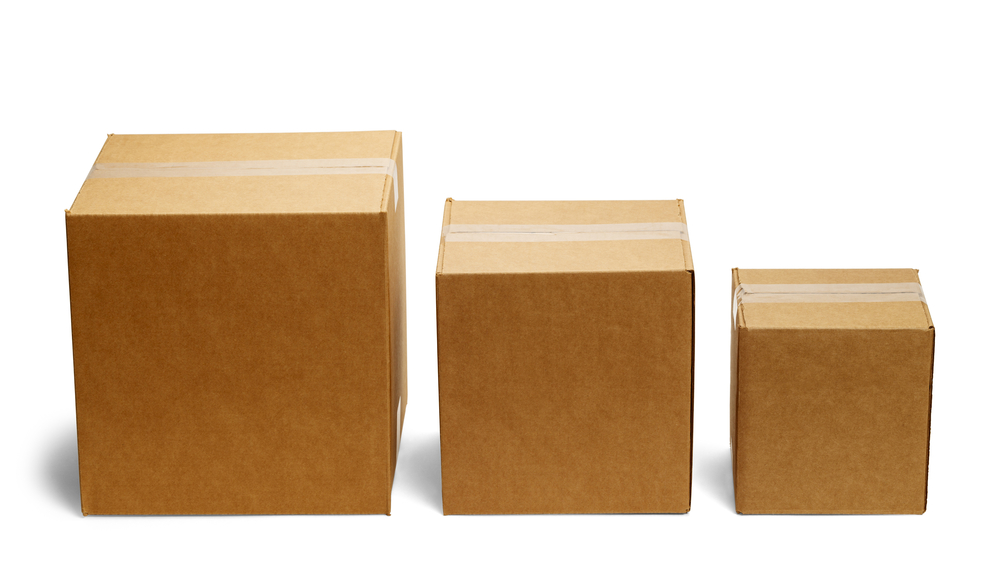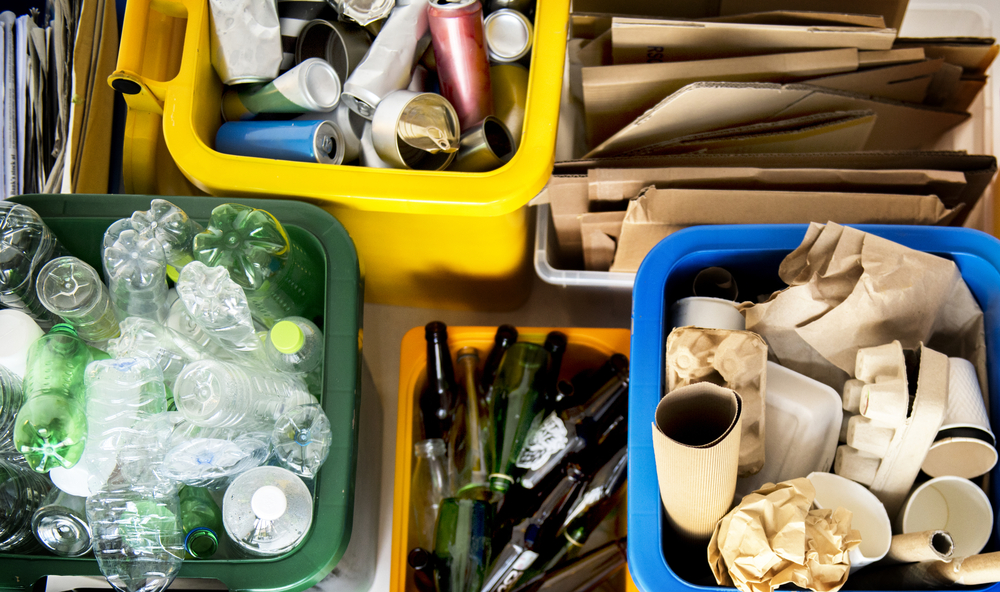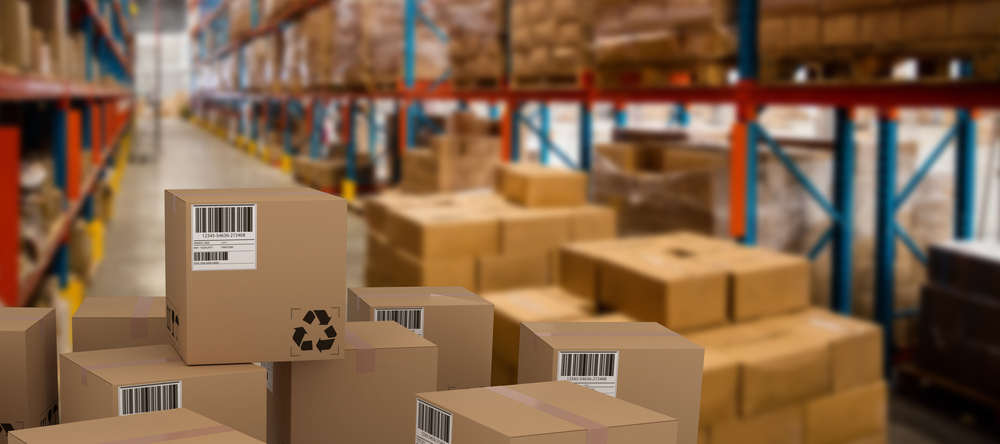Sustainability has become a staple in packaging in the last few years. Before the pandemic, businesses were making changes to reduce their environmental impact. Now, making incremental changes toward sustainability is critical for manufacturers.
A CGS survey found that almost 70% of 1,000 customers considered sustainable as at least “somewhat important, and nearly half (47%) said they would pay 25% more for sustainable goods. Reducing packaging and using sustainable solutions also results in lighter and smaller shipments that cost less to transport.
Here are three strategies to make your packaging practices more sustainable.
Packaging Design Strategies

- Use Less Packaging
Less means more when it comes to packaging. Having fewer components in your packaging process means using fewer resources, space in transit, and disposal. Manufacturers have to account for both internal packing and the external packaging. Internal packaging is the finished product consumers see, and external packaging is used to protect the product in transit.
Weight and space are the primary concerns in logistics, so the packaging must be lightweight and suitable to store on a pallet. Many manufacturers are incorporating more paper, paper stock, and cardboard into their packaging methods.
- Ship In Smaller Boxes
Reducing the size of boxes, containers, and bags can help lower shipping costs. Experiment with the packaging sizes, filler amounts, and product position to see if they can fit more conveniently in smaller packages. Try disassembling or folding your products to fit safely and compactly into smaller boxes.
- Incorporate Disposal Instructions
What is the best way to dispose of your packaging afterward? Most companies indicate this by adding a recycle symbol, unnumbered for papers and numbered for plastics. To help customers dispose of your products correctly, add additional instructions if the packaging is curbside or dropoff recyclable.
Companies are starting to use their packaging to explain sustainability practices. Adding a QR code with a link to a website page about the best way to dispose of your packaging is a great way to be transparent and inspire customer action and loyalty.
Packaging Material Strategies

- Incorporate Materials that are Easy to Recycle
As touched on in design, the materials you use play a significant role. Paperboard is one of the most commonly used recycled materials because it’s lightweight, easily cut, and protects during shipping. It’s also widely accepted by curbside recycling.
If you are using plastic in your packaging, rigid plastics like those used to make milk jugs and soda bottles are more widely accepted curbside. Thinner plastics, like poly liners and plastic bags, are less accepted.
- Consider Compostable and Biodegradable Alternatives
Plant-based options are entering the market for packaging. Some manufacturers are starting to utilize materials made of biological sources like mushrooms, seaweed, and cornstarch. While they may not be suitable for every process, plant-based materials can replace plastics and be more renewable than other packaging materials depending on your application.
- Avoid Mixed Materials
Keeping materials in use means generating less waste. Using more recycled materials means needing fewer new resources. Cardboard or Paperboard is the most common example of recycled packaging. Manufacturers can also use containers and mailers made from recycled plastic.
Packaging Manufacturing Strategies

- Increase Packaging Line Efficiency
One of the best ways to improve your sustainability is to review your current processing method. By performing a line analysis, you can gain insight into challenges and opportunities in your current process to increase efficiency.
- Is your packaging line working as hard as it can?
- Are bottlenecks occurring?
- Are products being damaged at specific points?
These factors can help you pinpoint areas in your facility that can be improved to increase efficiency. Many production lines are adapting as new equipment and technology become available. However, this can sometimes cause inefficiencies or redundancies like transporting products long distances or using multiple machines where one is necessary.
Reviewing your current process is the best way to create a road map for the future.
- Reduce Product Loss
When reducing waste, people tend to think of the disposal of the packaging on the product after it’s been successfully delivered. What about products that never make it through the packaging process?
Reducing product damage keeps waste out of landfills and lowers product costs. A popular method to prevent damage during processing is using accumulation. Accumulation systems keep products moving during processing without causing stress, backpressure, or damage.
- Using Manufacturing Partners with Sustainable Practices
Choose to work with manufacturers that are making sustainability a priority.
Before signing an agreement to work with a supplier, do your research. How are they minimizing material usage, optimizing machines, improving time management? If possible, ask for a tour of their facility to get a first-hand look at their day-to-day operations to make the most educated decision about working with them.
Making a Plan for Sustainable Packaging
Taking steps toward lasting change takes time. Whether increasing sustainability practices or just getting started, it can be tempting to revamp your entire process. Incorporating new materials and equipment takes research, testing, and development.
To make your practice truly sustainable, take things incrementally. Prioritize your efforts to areas where you will see the most improvement. For example, optimizing your packaging process can increase efficiency by as much as 30%, depending on your equipment and line configuration.
Are you interested in discussing methods to improve sustainability in your packaging process through increasing line efficacy? Contact us to get started.




